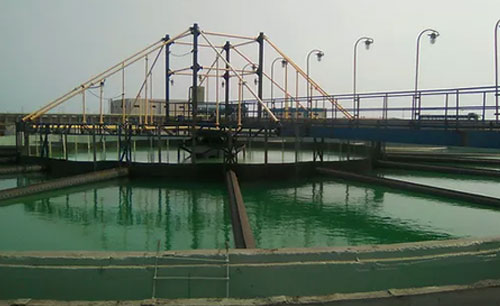Solid contact clarifiers are widely used in water treatment works around the world. They provide excellent solid removal and minimum area requirements. They also facilitate sedimentation, flocculation and clarification of the wastewater. They use a combination of gravity sedimentation and mixing to clarify the wastewater. They are also able to remove more solids than any other type of clarifier. They are used to separate organic matter and impurities from water.
Depending on the location of your home, you might have to purchase an STP to handle your sewage. Generally, residential buildings need at least one STP to treat sewage. Many STPs are located underground, making them difficult to maintain. Moreover, you may not be able to inspect them without hiring an expert. It is better to consult a professional if you have any doubts about the process.
High Shear Mixing
High-shear mixing is a highly efficient method for dispersing and emulsifying solids. It has numerous applications in the pharmaceutical and food industries and can create a variety of products. Because of its high-shear mixing capabilities, it is ideal for difficult-to-wet powders and rheology modifiers. The process can produce a variety of products, including emulsions, suspensions, and granules.
Chemical Reactions
Generally, a solids contact clarifier's objective is to remove unwanted water materials by promoting sedimentation and chemical reactions. However, this process is not without risks. Colour-causing materials can impair the quality of the water, increase its microbiological content, foul an anion exchange resin, and interfere with coagulation and silt stabilization. This is why choosing a clarifier with the best design for your water treatment needs is important.

Sludge Cohesion Coefficient (SCC)
The sludge cohesion coefficient is a parameter that describes sludge blanket stability. Sludge blanket cohesion is an important indicator of the sludge blanket's condition and serves as a check for the coagulant dose. The SCC should be less than 0.3 to be considered flocculate. Contact clarifiers effectively improve SCC, but they should be used with caution.

Upflow Sludge Blanket Clarifiers
Upflow sludge blanket clarifier designs are based on the concept that the density of sludge particles changes over time. The process is called "ageing", which is crucial to designing these clarifiers. In order to design a clarifier that works effectively and efficiently, a model must match the characteristics of the actual unit. Upflow sludge blankets can be divided into two types: horizontal and vertical.
Lime Softening
The most common and traditional method for softening water is using lime. Limewater is carbonated with CO2 and forms a calcium carbonate precipitate. The precipitate reacts with cations in water to dissolve carbonate hardness and replace non-carbonate hardness. Lime softening is typically used in water with low non-carbonate hardness, but in some cases, a combination of lime and soda may be necessary.
Organics Reduction
Contact clarifiers are solids-contact processes that coagulate and clarify wastewater. They work by mixing influent flow with settled solids, promoting agglomeration, and removing clarified overflow. These systems combine a zone of high solids concentration and a zone of rapid mixing. A coagulant is added to the mixing zone and may be added upstream or downstream of the clarifier.
Colour Reduction
A recent study focused on the intensification of the water clarification process in contact clarifiers that employ a quartz sand filtering bed. The filtering process was improved by introducing a solution of aluminium sulphate into the water. This coagulant was applied to the quartz sand grains to alter their electrokinetic potential. The results showed that the coagulant had positive effects on colour reduction, as it reduced the size of spherulites.







































Share Post